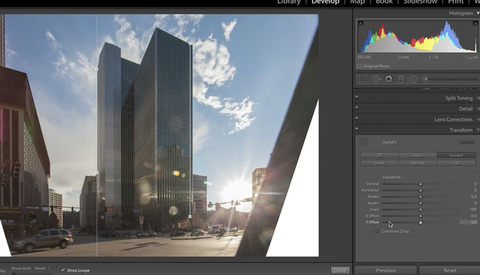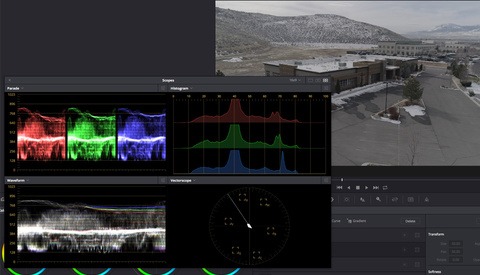Disappointment After Disappointment — What Is Wrong With Canon?
Back in 2008 the Canon 5D Mark II was a photographer’s dream. The camera revolutionized the industry and opened new creative horizons for many professionals. The low light performance, dynamic range, and image quality were unheard of. This technological wonder was a huge hit in the photography world and beyond, especially in the indie filmmaker community. Later in 2012 came the 5D Mark III, with a solid body but somehow conservative specifications. Since then, it seems that Canon has decided to freeze progress, and lately, take a few steps backward.

















































